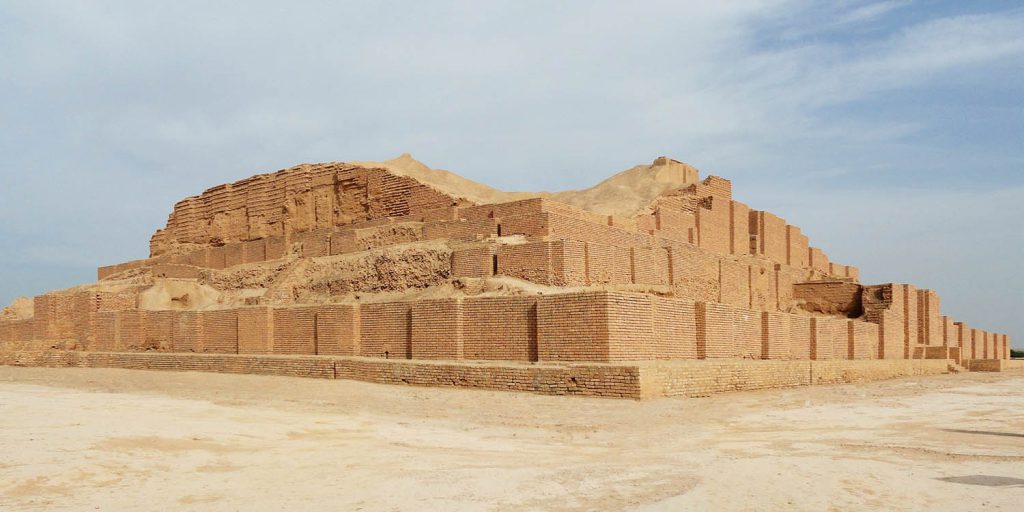
Menu

Durantash Ziggurat, better known as Chughaznabil, is an ancient temple built around 1250 BC in the Elamite civilization.
Choghaznabil Temple is located in southwestern Iran, in the city of Susa in Khuzestan province, near the ancient site of Haft Tappeh. This structure is located 35 km west of the ancient city of Shushtar and 40 km southeast of the ancient city of Susa and due to its location west of the Dez River (the border of the two cities) it is considered as in the city of Susa.
Duravantash Ziggurat circa 1250 BC. AD (1240-1275 BC), built during the reign of the Elamite king Ontash Napirisha, in honor of “Inshushinak”, the guardian God of Susa.

This building was originally a Sumerian building which was built high up for the worship of the Gods and can be seen in abundance in Mesopotamia.
Ontash ziggurat means peak, mountain peak, ridge, high place, high structure. “Durantash” is also derived from the combination of the word far (Dūr) which means place and house and Untash (Untash) the name of the Elamite king. The Lori compound word Choghaznabil means “basket-shaped hill.
In 1890, the famous geologist Jacques de Morgan reported that there were oil deposits in the Choghaznabil region. It appears that the Iranian Oil Company followed this report and was founded. Fifty years later, engineers engaged in oil operations in Choghaznabil found a brick with inscriptions on it.
The bricks were sent to archaeologists doing excavations in Susa, followed by a series of excavations in Choghaznabil which led to the discovery of the temple of Choghaznabil and other important artifacts.
Its initial height was 52 meters and 5 floors. Today it is 25 meters high and there are only 2 and a half floors left. The infrastructure of Choghaznabil is a square of 105/20 x 105/20 meters, that is to say the double of a football field.
Main office: Office no. 5, First Floor,Building No. 404, Corner of Beheshti St. and Qaem Maqam St. Tehran Iran.
Tel : +985138519585 EXT. 117
WhatsApp : +968 912 14 982
Email : info@persiantoursgroup.com